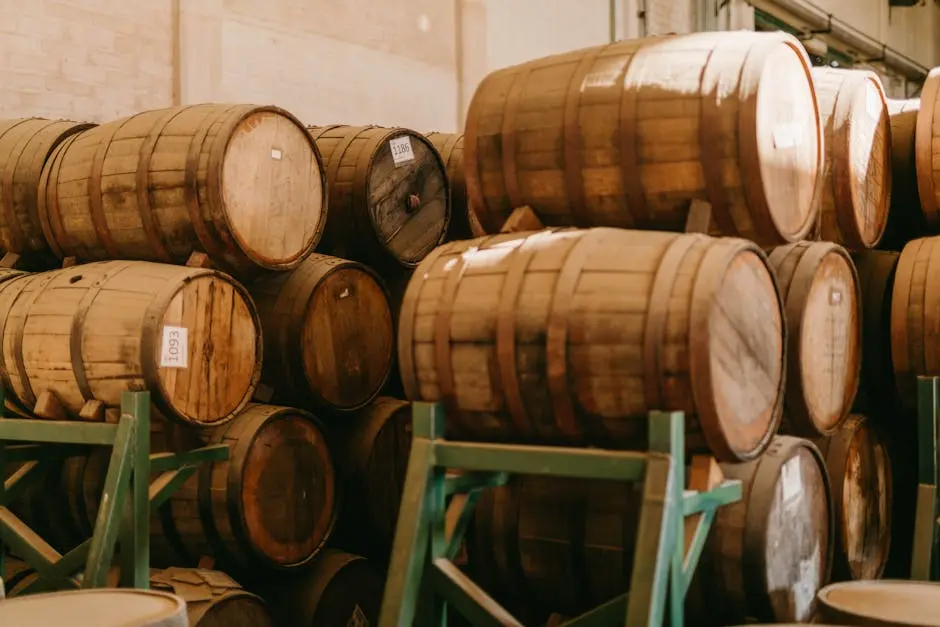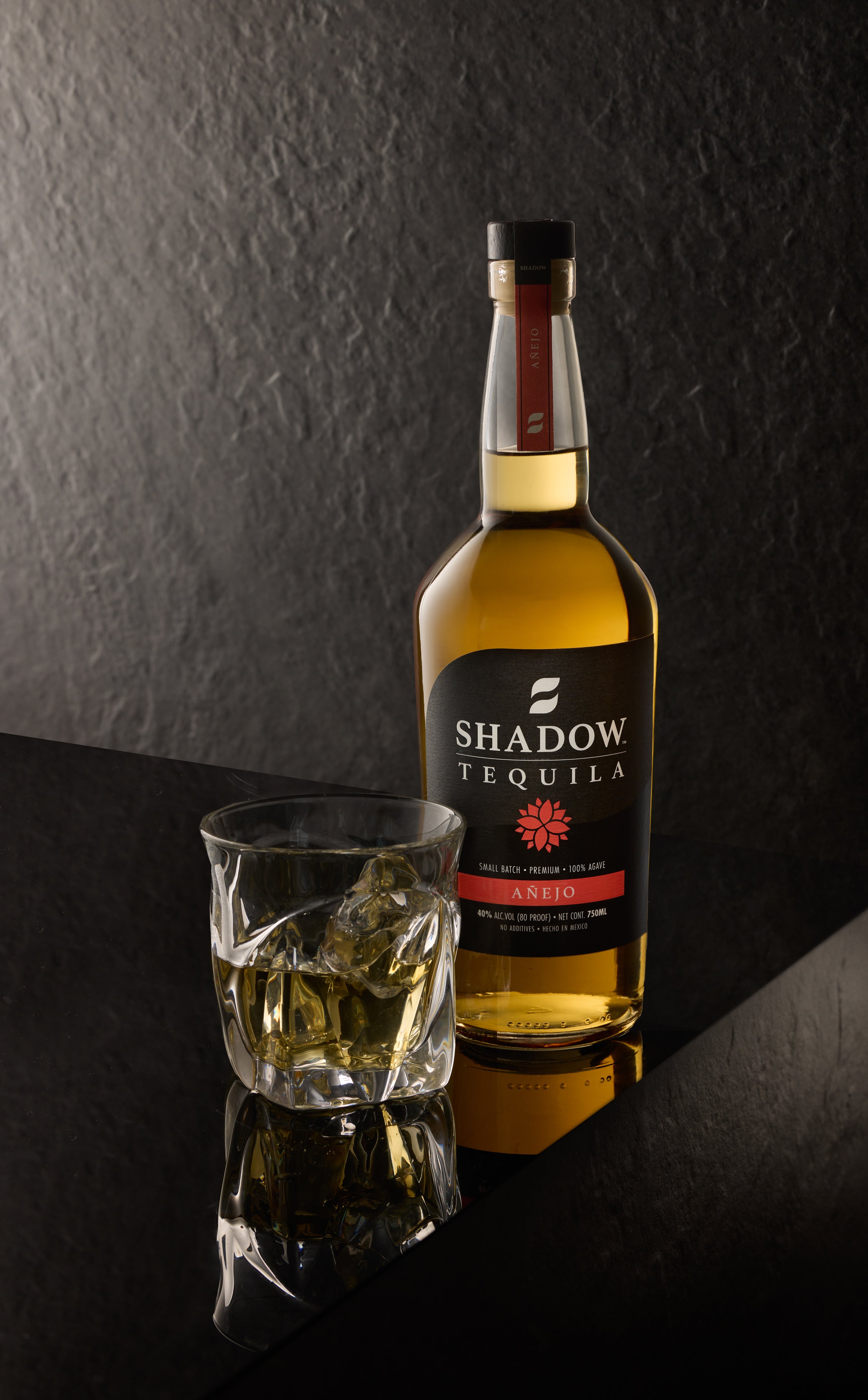Barrel aging is a vital process in the world of spirits, particularly for tequila, which often surprises those new to it. When you think of smooth tequila, you might not immediately connect it to the influence of barrels. In this FAQ, we’ll explore how barrel aging transforms the flavor profile of smooth tequila, providing you with insights into this intriguing topic.
What is Barrel Aging?
Barrel aging involves storing tequila in wooden barrels for a specific duration to enhance its flavor and character. This process allows for the infusion of complex notes from the wood.
During barrel aging, tequila not only takes on the flavor of the wood but also undergoes chemical changes that mellow its sharp edges. As tequila interacts with the charred interior of the barrel, it absorbs compounds that contribute to its overall smoothness.
Moreover, the aging process allows for the evaporation of certain volatile compounds, which is often referred to as the ‘angel’s share.’ This subtle reduction can lead to a smoother, more refined tasting experience.
In essence, barrel aging is not just about flavor; it’s about transformation. The resulting tequila can provide a journey through its aroma and taste, offering something unique in each sip.
How Does Wood Type Influence Flavor?
Different types of wood can impart distinctive flavors to tequila. For example, American oak often adds vanilla and caramel notes, while French oak can contribute spicier and more herbal nuances.
The choice of wood can significantly affect not only the taste but also the aroma of the tequila. It’s fascinating to explore how other types of wood, like Hungarian oak, might introduce a unique profile with hints of baking spices or even floral undertones.
Moreover, the treatment of the wood before it’s made into barrels matters. How the barrels are charred or toasted can influence the depth of flavor, with deeper charring resulting in a smokier tequila.
Each barrel contributes a distinct character, making the study of wood types a critical component in understanding smooth tequila’s flavor.
What Role Does Aging Time Play?
The length of time tequila spends in the barrel greatly affects its smoothness and complexity. Longer aging typically results in a richer, more rounded flavor profile, while shorter aging may retain the fresh agave characteristics.
Typically, tequila must be aged for a minimum period of time to be classified as ‘reposado’ or ‘añejo.’ For example, reposado tequila is aged for a minimum of two months, while añejo must spend at least one year in the barrel.
As the aging time extends, expect the emergence of deeper flavors. Notes of dark chocolate, waves of oak, and hints of cinnamon become more prevalent, leading to a beautifully balanced tequila.
However, it’s important to note that not all tequilas benefit from extensive aging. Some might lose their vibrant agave character if left too long, highlighting the delicate balance involved in the aging process.
How Do Temperature and Climate Impact Aging?
The environmental conditions where tequila is aged, such as temperature and humidity, significantly influence the aging process. Warmer climates can accelerate the interaction between the tequila and the barrel, enhancing flavor extraction.
In hotter regions, tequila can age much faster, which means that distillers must be cautious about monitoring the aging process to avoid over-extraction of flavors that might overpower the spirit’s natural smoothness.
Conversely, cooler climates may slow down this interaction, allowing for a more gradual, complex melding of flavors that can highlight the inherent qualities of the tequila.
Ultimately, the climate plays a critical role in how tequila develops, meaning that each distiller must tailor their aging practices to their specific environment for optimal results.
What Are Common Flavor Profiles in Aged Tequilas?
Aged tequilas, especially reposado and añejo, can display a variety of flavor notes such as honey, chocolate, dried fruit, and spices, contributing to their renowned smoothness and complexity.
Many bourbon barrels used in tequila aging will impart hints of oak and vanilla, which can be beautifully complemented by naturally sweet agave characteristics, creating an enjoyable fusion.
Some tasters may also notice a subtle nuttiness or even floral nuances when sipping well-aged tequilas. These complex profiles make tasting each bottle an exciting adventure.
The variety found in aged tequilas is one reason they are so highly regarded. Whether enjoyed neat or in a cocktail, the layered flavors provide a rich experience that captivates both newcomers and longtime enthusiasts alike.
Recap on Barrel Aging and Smooth Tequila Flavors
Understanding the effects of barrel aging on smooth tequila enriches your tasting experience. Whether you’re a novice or a seasoned aficionado, recognizing these flavor contributions allows for a deeper appreciation of this beloved spirit.







